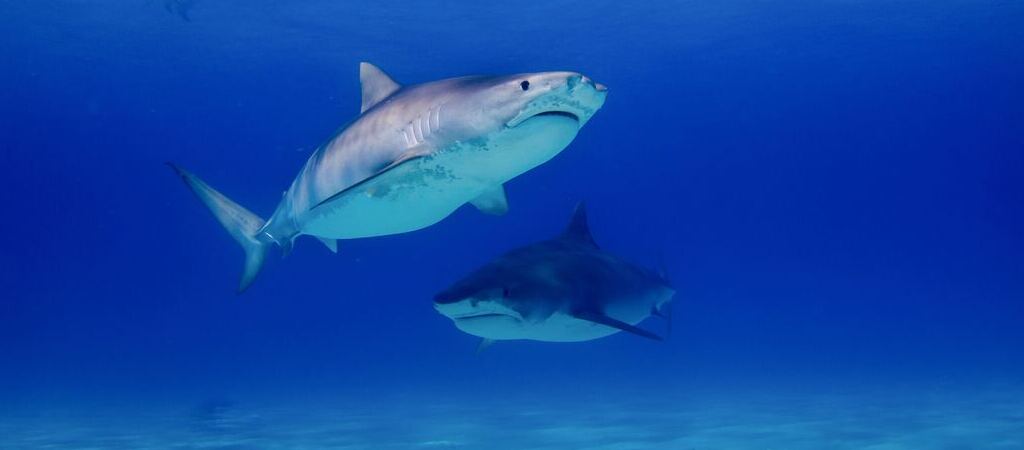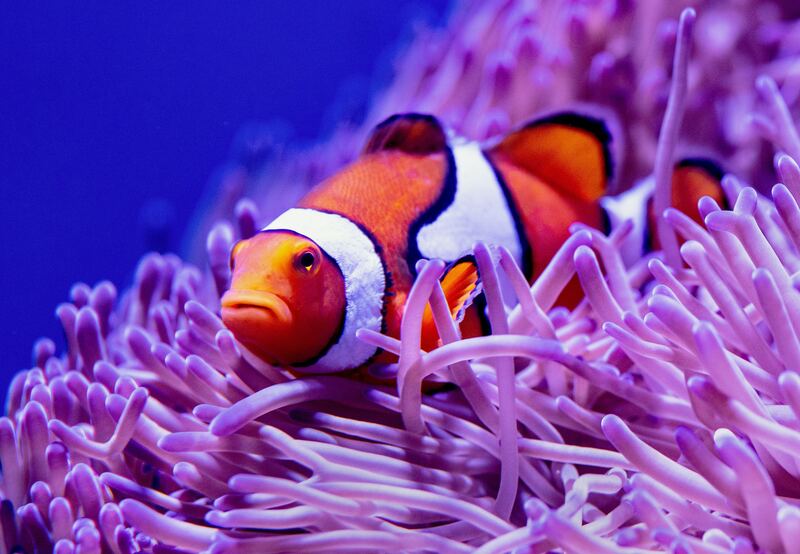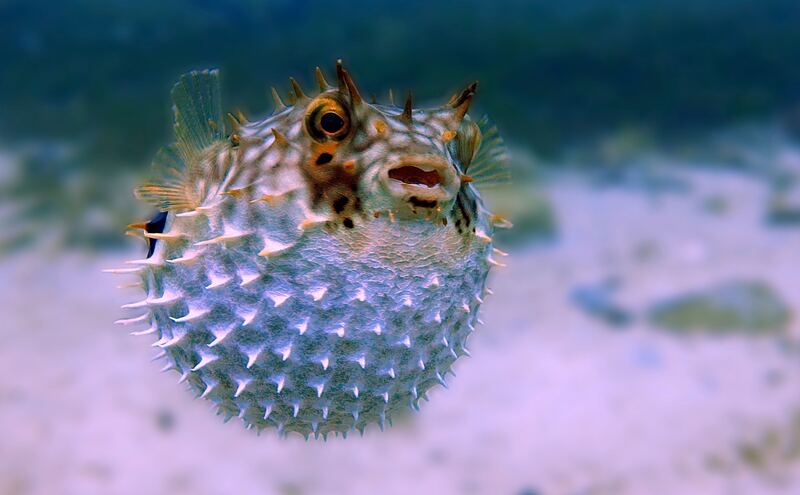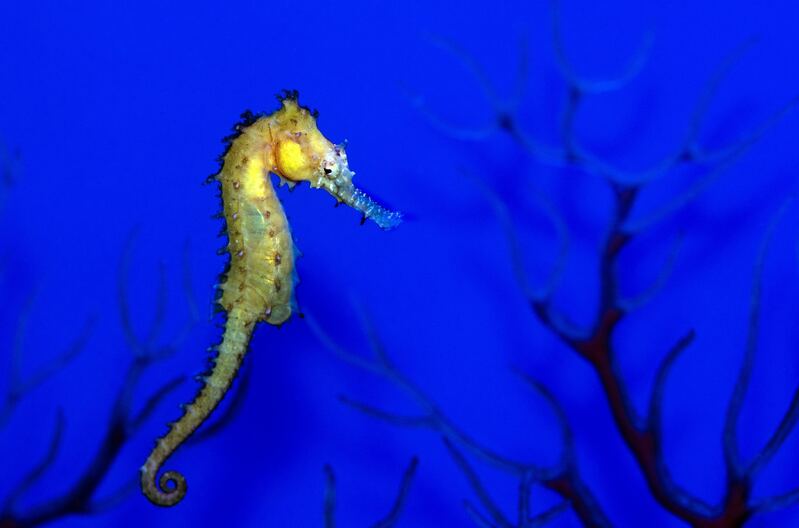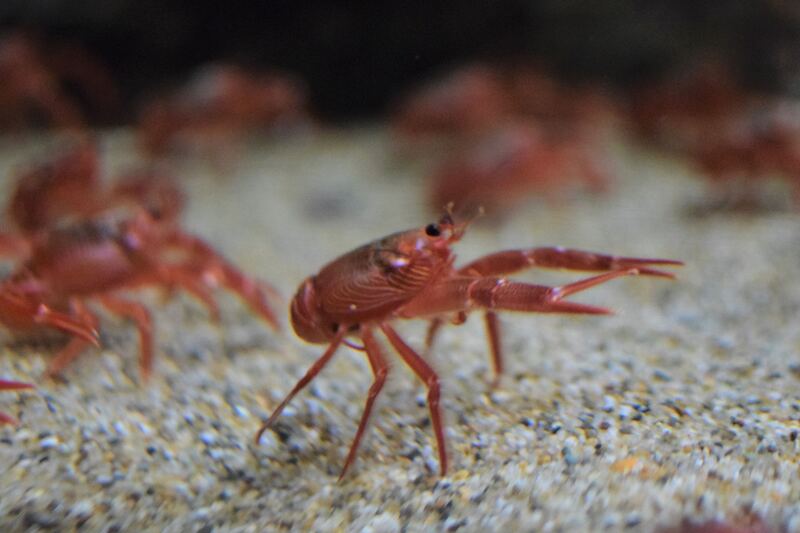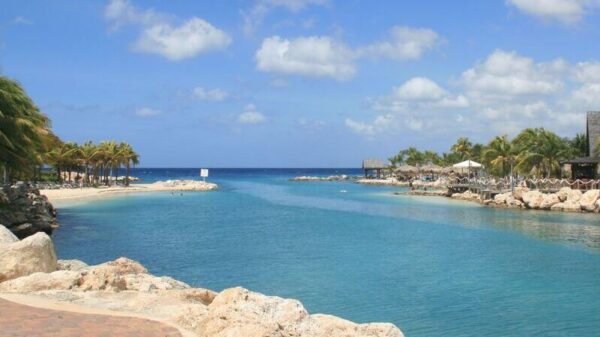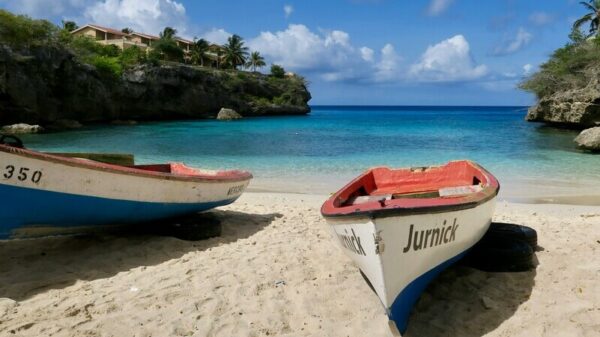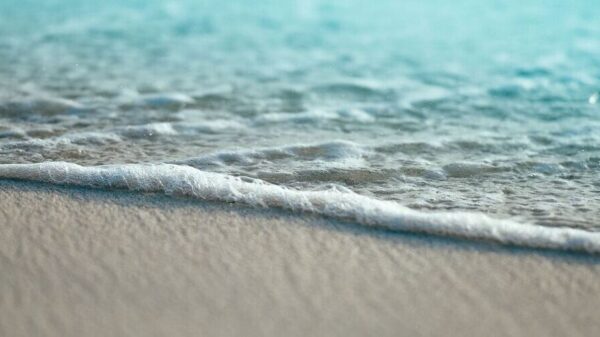If you’re planning your vacation in Curaçao, a popular and beautiful island in the Caribbean Sea, you’ll likely want to spend a lot of time in the water. The coral reefs around the island invite you to go diving, and snorkeling enthusiasts will find plenty to enjoy as well.
If you’re planning to go swimming, diving, or snorkeling, you might find yourself wondering: ‘Are there sharks in Curacao?’ In short: while the Caribbean Sea is home to different shark species, the likelihood of encounters off the coast of Curaçao is very low. The island is also very safe for humans, as the last shark attack occurred decades ago. Most observed species are not aggressive toward humans and prefer deeper waters or specific Habitats.
This page contains affiliate links marked with an asterisk (*). If you decide to make a purchase after clicking on a link, we may receive a commission at no additional cost to you.
Various Shark Species around the Caribbean Island
So far, a mako shark has been sighted only once in Curaçao, which is why the dive spot is named “Mako’s Mountain.” Occasionally, hammerhead sharks have been seen in the waters as well. Generally, however, it’s quite rare for divers to observe sharks at all.
Decline in Shark Population around Curaçao
In contrast to sharks, you will definitely see various fish during your snorkeling tours. The large variety of fish around Curaçao might also be a reason for the rare presence of sharks. They get their food in the middle of the sea, without needing to swim close to the beaches and bays.
Moreover, the shark population has declined significantly in recent years. Thus, projects have been initiated to protect these animals. The aim of these projects is to study the population decline and to develop conservation strategies for sharks.
Beneath the Waves: Exploring the World of Fish and Ocean Wildlife
During your snorkeling and diving tours, you will surely encounter various fish species. These include
- anemonefish (also known as clownfish),
- moray eels,
- barracudas
- and parrotfish.
Additionally, you might spot pufferfish, rays, seahorses, lobsters, and other crustaceans with a bit of luck during your underwater explorations.
Sea turtles are also native to the island. In particular, at Playa Grandi, you’re almost guaranteed to admire these cute creatures. Don’t forget your underwater camera – it’s the best way to capture unforgettable encounters.
Great Diving Tours for Beginners and Advanced Divers
If you are completely new to the world of diving and have no experience, we recommend booking a beginner’s diving course. In this course, no prior knowledge is needed as experienced instructors will introduce and accompany you.
Get ready for unforgettable adventures in paradise!
At the end of the course, you also have the opportunity to dive for the first time and explore the underwater world on your own. During this experience, you need not fear sharks. If you are concerned, it’s worth overcoming any fears and diving into the breathtaking underwater world.
However, if you have some experience but it’s been a while since your last dive, it’s recommended to enroll in a refresher diving course. This ensures that you’re up to date on everything you need for your next dive, allowing you to safely explore the stunning underwater world of Curaçao.
Divers who hold a valid certificate can also join guided diving trips to popular spots in Curaçao. Dives are conducted in small groups at locations such as Caracasbaai or Marie Pampoen Beach. You’ll benefit from personalized attention from a certified guide.
For something truly special, you might even consider private dive charters, which offer a more tailored and luxury adventure in the open Ocean.
FAQ About Wildlife and Excursion Recommendations in Curaçao
Curaçao is not only known for its breathtaking beaches and turquoise waters but also for its fascinating wildlife – both on land and underwater. From flamingos and turtles to unique snorkeling and diving spots, the island offers numerous opportunities to experience nature up close.
Here you will find answers to frequently asked questions about the best places to observe animals, as well as tips for unforgettable excursions on Curaçao.
The best places to see flamingos are the salt flats of Jan Kok or the Sint Michiel Flamingo Sanctuary. These shallow waters provide the perfect habitat for these elegant birds as they search for food. Early morning or late afternoon offers the best chances of spotting them.
No, feeding flamingos is neither allowed nor recommended. These birds primarily feed on small crustaceans and algae, which they filter from the saltwater lagoons. Human food can be harmful to their health. It is best to observe them from a respectful distance.
Unlike the Bahamas, Curaçao does not have famous swimming pigs. However, six adorable pigs currently live at Playa Porto Mari. Additionally, you can find some pigs at Grote Knip beach, where they enjoy relaxing in the sun and being petted.
One of the best places to see turtles in the wild is Playa Grandi (also known as Playa Piskado). The turtles often swim near the fishing boats, attracted by leftover fish scraps. Other great spots to potentially encounter turtles include Playa Cas Abao, Playa Lagun, and Caracasbaai.
Iguanas are widespread in Curaçao. These impressive reptiles, with their greenish to gray-brown coloring, can often be seen basking in the sun on rocks, walls, or trees. They are especially easy to spot at quieter beaches or in nature parks. A great place to observe iguanas is the Christoffel National Park, where they hide among the rocks. Some beachside restaurants, like those at Playa Porto Mari, also attract iguanas hoping for a small piece of fruit or vegetables. However, it is best to admire them in their natural habitat rather than feeding them.
Curaçao has many stunning beaches. One of the most famous is Grote Knip, which you may recognize from postcards. The white sand and crystal-clear water make it one of the island’s most popular beaches. If you prefer a beach with restaurants, bars, and a lively atmosphere, Mambo Beach is the place to go. It features a beautiful boardwalk with numerous shops, sun loungers for relaxation, and a great evening ambiance. For a quieter experience, Cas Abao Beach or Playa Porto Mari are excellent choices for relaxation.
Curaçao is a diver’s paradise. A particularly popular spot is the Tugboat Wreck, a relatively easy-to-access shipwreck surrounded by colorful fish. The Mushroom Forest offers an impressive underwater landscape with mushroom-shaped coral formations, giving the dive site its name. Another famous wreck is the Superior Producer, a sunken cargo ship resting at a depth of 30 meters on a sandy bottom. Another recommended diving spot is the neighboring island “Klein Curaçao,” which boasts spectacular reefs and incredible underwater visibility.
Curaçao offers numerous fantastic snorkeling locations with crystal-clear waters and breathtaking marine life. Playa Lagun is a small, sheltered bay where you can often encounter colorful fish schools and even turtles. Another highlight is the Blue Room Cave, an underwater cave that glows in brilliant blue when sunlight filters through – a true adventure for those who dare to dive in. For those interested in sunken relics, Tugboat Beach is the perfect spot, featuring a small shipwreck surrounded by vibrant coral and fish. Playa Grandi also offers an unforgettable experience, where you can snorkel up close with turtles.
Fortunately, there are no predators or venomous animals on the island that pose a serious threat to humans. In the water, watch out for lionfish, whose spines are venomous and can cause painful injuries, although they only use them for self-defense. On land, scorpions can occasionally be found, but their sting is generally less dangerous than that of a bee. If walking barefoot in the water, be cautious of sea urchins, which have sharp spines and typically inhabit rocky areas.
Yes, several hummingbird species can be found in Curaçao, including the Blue-tailed Emerald Hummingbird. These small, shimmering birds thrive in gardens, botanical parks, and areas with abundant flowering plants, as they feed on nectar. A great place to spot hummingbirds is Christoffel National Park or the gardens of Landhuis Chobolobo, where they often hover among the blossoms.
Yes, rays can be spotted in various locations around the island, especially in sandy bays or during diving and snorkeling trips. Playa Piskado and the reefs around Klein Curaçao are good places to see stingrays. Starfish are most commonly found in shallow, calm waters such as the lagoons at Spanish Water or Director’s Bay Beach.
Christoffel National Park is the largest nature reserve in Curaçao and a paradise for nature lovers. In addition to iguanas, hummingbirds, and tropical birds, visitors can also discover wild orchids and cacti. Another recommended area is Shete Boka National Park, where, with a bit of luck, you can observe sea turtles nesting on the beaches.
Jellyfish can occasionally appear, but they are generally rare and harmless. Sometimes, ocean currents bring fire jellyfish or small transparent jellyfish to the coast, but serious injuries are extremely uncommon. Those who want to be extra cautious can check for jellyfish warnings in local weather reports.
Yes, but there are no venomous or dangerous snake species in Curaçao.
For those who love photographing wildlife, top locations include Christoffel National Park, the salt flats of Jan Kok, Playa Grandi for turtle encounters, and Shete Boka National Park for dramatic coastal shots. Tugboat Beach is a perfect spot for underwater photography, with its abundant colorful fish and corals.
Yes, Curaçao is home to several bat species, which play an important role in pollinating cacti and spreading seeds. They are most active in caves and gardens. A fascinating way to observe bats is by visiting the Hato Caves, where some colonies reside.

